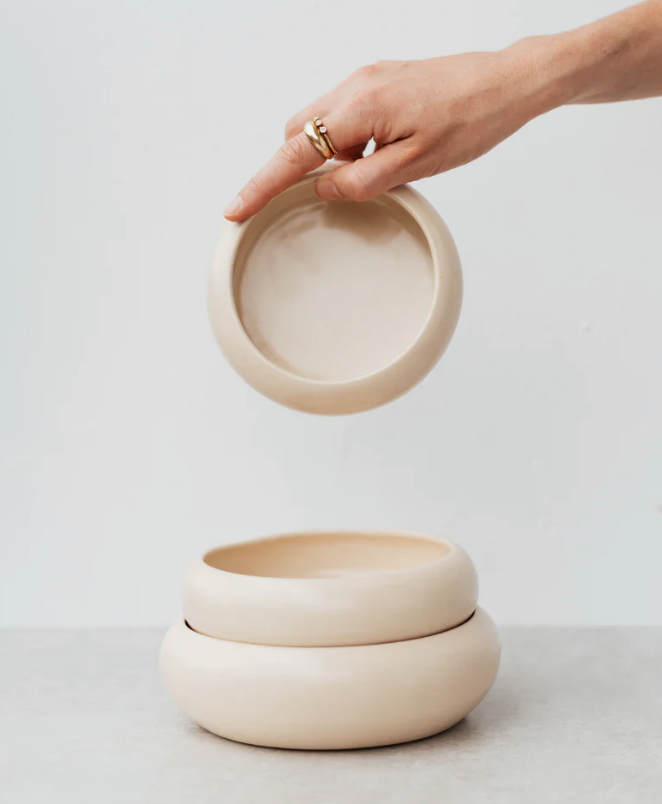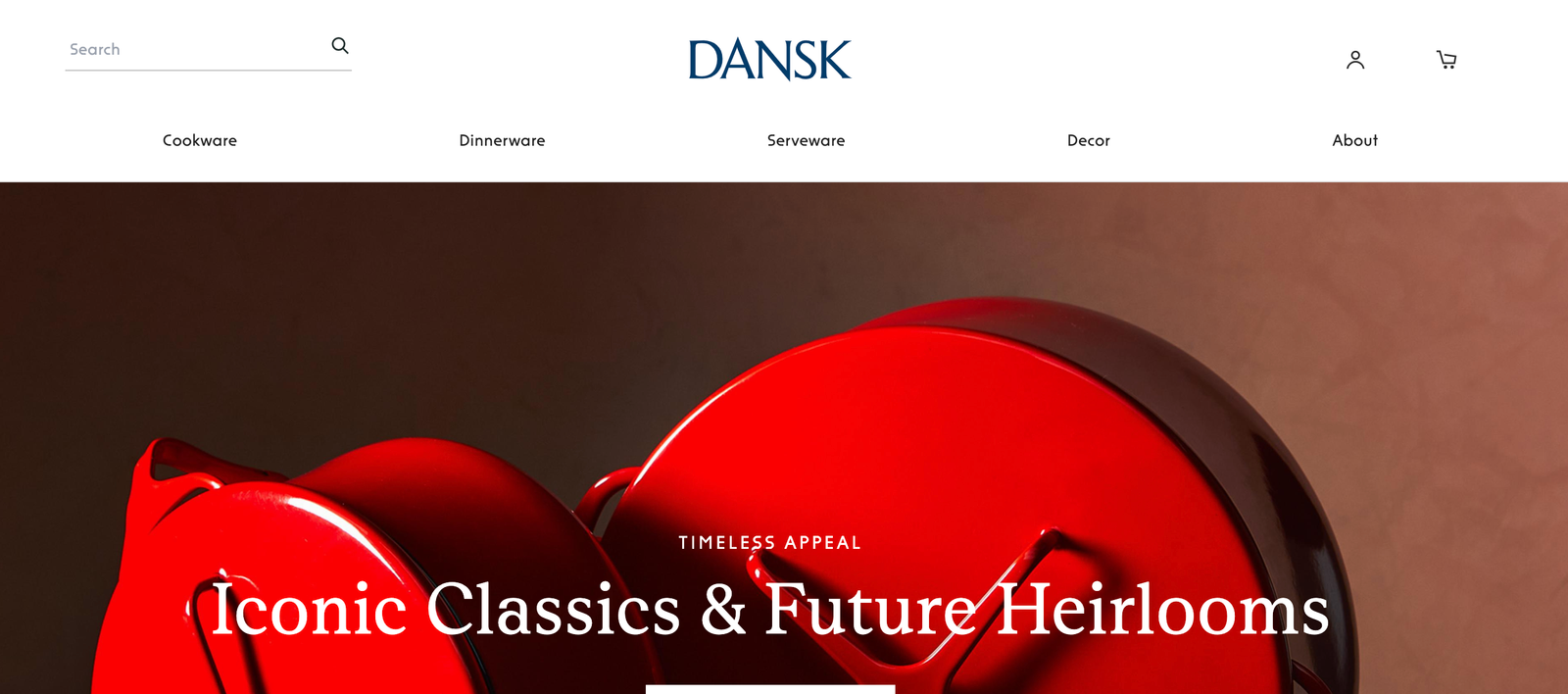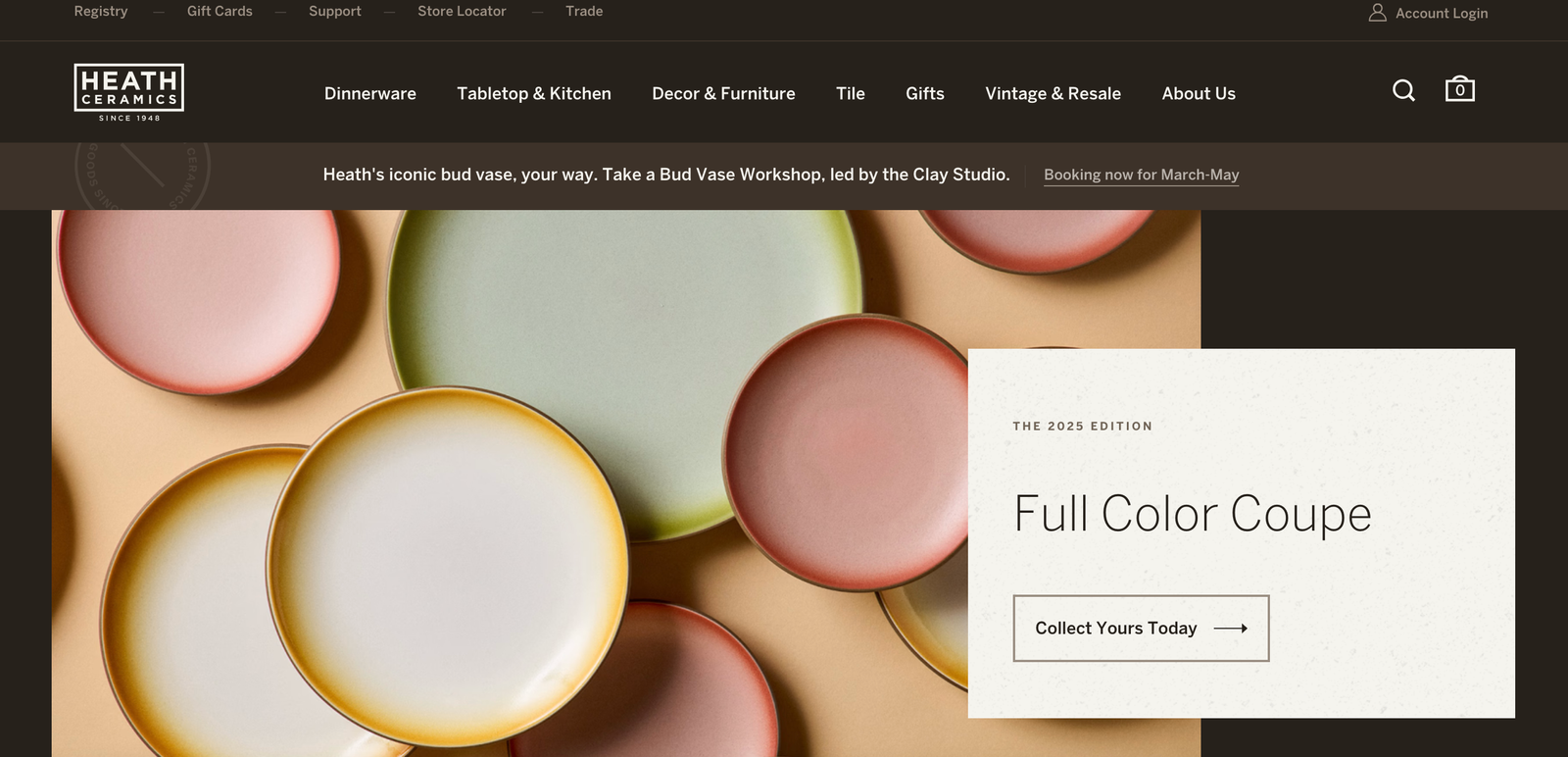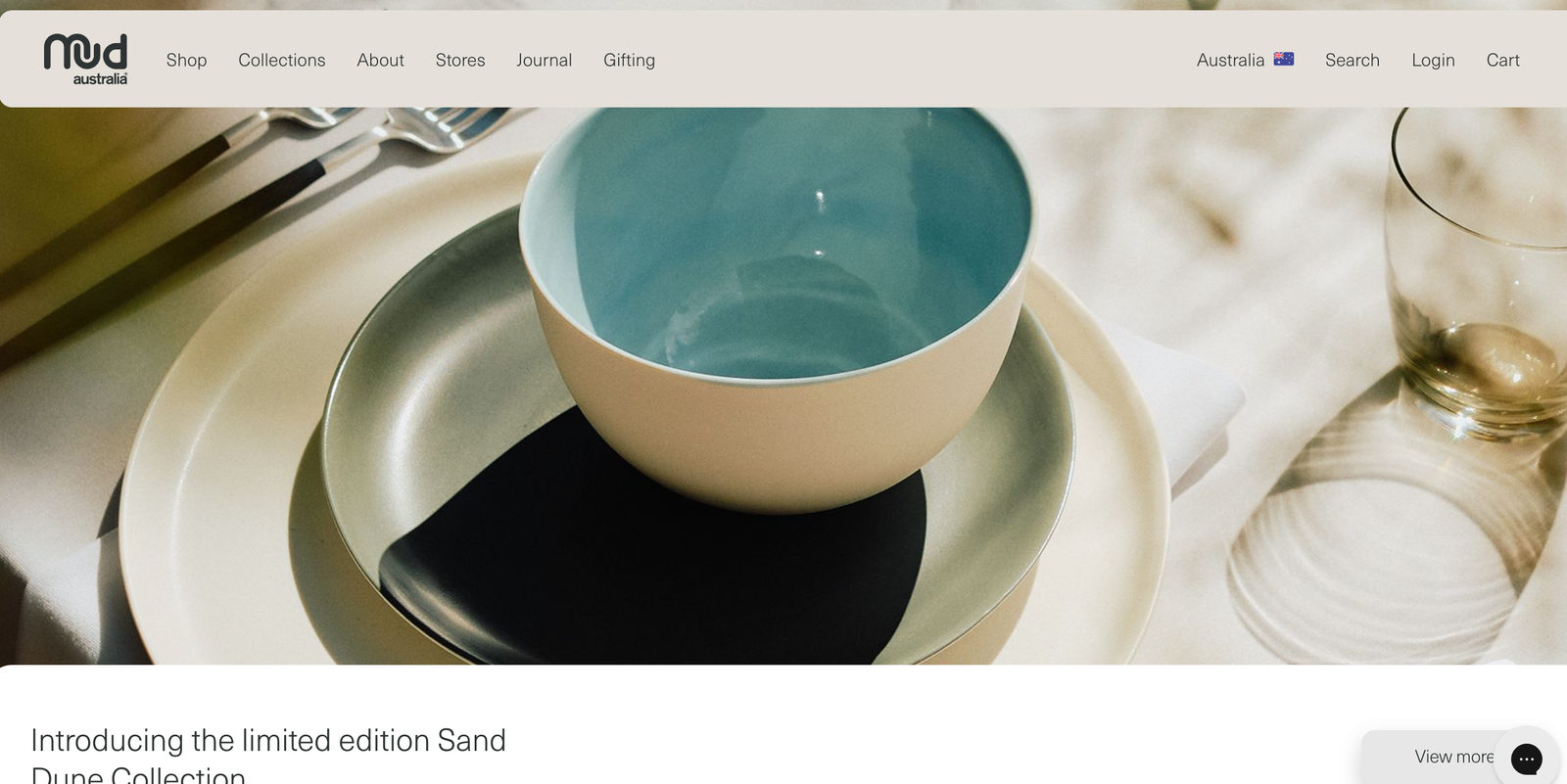Millennials—those born between 1981 and 1996—have significantly influenced consumer trends across industries, and the ceramic tableware market in North America is no exception. As the largest living adult generation, their preferences and values are shaping how brands design, market, and sell ceramic tableware. Their emphasis on aesthetics, sustainability, and multifunctionality is pushing manufacturers to adapt.
So, how exactly are millennials transforming the North American ceramic tableware industry? Let’s dive in.
1. Aesthetic-Driven Choices: More Than Just Dinnerware
For millennials, ceramic tableware is no longer just about functionality—it’s an extension of personal style. This generation prioritizes visually appealing designs that complement their home décor, social media aesthetics, and personal brand. The rise of Instagram and Pinterest has fueled this trend, making unique and stylish tableware a must-have for hosting and everyday dining.
Popular aesthetic trends include:
- Minimalist Scandinavian designs – Simple, clean lines with neutral colors.
- Handcrafted and artisanal looks – Organic shapes, handmade textures, and speckled glazes.
- Vintage and rustic styles – Earthy tones, embossed details, and distressed finishes.
- Colorful and bold statement pieces – Vibrant hues, intricate patterns, and modern artistry.
These preferences have driven North American brands to create collections that align with millennial tastes.
Top 5 Ceramic Tableware Brands in North America
| Brand | Key Features |
|---|---|
| Fiesta® (USA) | Known for its colorful, mix-and-match ceramic dinnerware with a vintage touch. Made in the USA with lead-free, vitrified ceramics. |
| Heath Ceramics (USA) | Handcrafted tableware with an artisanal feel, emphasizing sustainability and craftsmanship. |
| Lenox (USA) | Elegant fine china and casual ceramic tableware with a focus on durability and timeless designs. |
| Mud Australia (Australia/USA Market) | Minimalist, handmade porcelain pieces with soft pastel tones and matte finishes. |
| Dansk (Denmark/USA Market) | Mid-century modern inspired ceramics with simple yet bold Scandinavian aesthetics. |
These brands reflect the millennial preference for both contemporary and timeless designs, with a growing emphasis on sustainability.
2. The Sustainability Shift: Eco-Conscious Dining Choices
Millennials are highly eco-conscious, and their purchasing decisions reflect this mindset. Sustainable ceramic tableware is in demand, with buyers looking for brands that use:
- Eco-friendly glazes and materials – Lead-free, cadmium-free, and responsibly sourced clay.
- Sustainable production processes – Brands that minimize waste, use renewable energy, and reduce carbon footprints.
- Durable and long-lasting products – A shift away from disposable tableware towards high-quality ceramics that last for years.
Many North American brands are adapting by offering ethically sourced, environmentally friendly tableware options. This trend is also influencing how manufacturers package their products, with reduced plastic and recyclable materials becoming the norm.
3. Multipurpose and Space-Saving Designs
With many millennials living in apartments or smaller homes, space efficiency is a major consideration. They seek multipurpose tableware that serves multiple functions, such as:

- Stackable ceramic dinnerware to maximize storage.
- Bowls and plates designed for both casual meals and entertaining guests.
- Microwave- and oven-safe ceramics for cooking and serving versatility.
Minimalism plays a role here as well, with millennials preferring high-quality, durable essentials rather than cluttering their kitchens with excessive dishware.
4. Online Shopping and Direct-to-Consumer Trends
Millennials are digital-first shoppers, and this is changing how ceramic tableware is bought and sold in North America. Instead of visiting traditional department stores, they prefer:
- Direct-to-consumer (DTC) brands that offer unique designs and exclusive collections.
- E-commerce platforms like Amazon, Wayfair, and Etsy, where they can browse, compare, and read reviews before purchasing.
- Social media-driven shopping, influenced by Instagram ads, influencer endorsements, and curated lifestyle imagery.
For ceramic tableware manufacturers, this means stronger online branding, engaging social media presence, and seamless e-commerce experiences are essential for capturing millennial buyers.
5. Personalization and Customization: The Need for Uniqueness
Unlike previous generations, millennials prefer customized products that reflect their individuality. In ceramic tableware, this translates to:
- Personalized engravings and monograms.
- Limited-edition collections that cater to niche aesthetics.
- Mix-and-match dinnerware sets, allowing customers to create unique combinations.
Many brands now offer customization options, giving millennials the freedom to tailor their tableware to their lifestyle and aesthetic.
What This Means for Manufacturers
As a ceramic tableware manufacturer, understanding millennial buying behavior is crucial. The key takeaways for businesses looking to tap into this market include:
✔ Prioritizing aesthetics – Offer modern, Instagram-friendly designs.
✔ Focusing on sustainability – Use eco-friendly materials and ethical production practices.
✔ Adapting to digital shopping habits – Strengthen online presence and direct-to-consumer strategies.
✔ Creating multifunctional and space-efficient designs – Cater to urban dwellers with smaller kitchens.
✔ Providing customization options – Give customers the ability to personalize their tableware.
For companies offering OEM & ODM ceramic tableware production, aligning with these trends ensures they remain competitive in the evolving North American market.
FAQs: What People Are Asking
1. Why do millennials prefer ceramic tableware over other materials?
Millennials favor ceramic tableware because of its aesthetic appeal, sustainability, and durability compared to plastic or glass alternatives.
2. What are the most popular ceramic tableware colors for millennials?
Earthy neutrals like beige, sage green, and terracotta, as well as muted pastels and bold accent pieces, are trending.
More post about popular trend.
3. Is ceramic tableware safe for microwave and dishwasher use?
Most high-quality ceramic tableware is microwave- and dishwasher-safe, but it’s always best to check manufacturer guidelines.
4. How can I find sustainable ceramic tableware brands in North America?
Look for brands that use lead-free glazes, ethical sourcing, and eco-conscious production methods, such as Heath Ceramics and Mud Australia.
5. Where can I buy modern ceramic tableware online?
Online marketplaces like Amazon, Wayfair, and direct brand websites offer a wide selection of stylish and functional ceramic dinnerware.
Conclusion
The North American ceramic tableware market is undergoing a transformation, led by millennial-driven trends in aesthetics, sustainability, and digital-first shopping. Brands that embrace eco-friendly materials, multifunctional designs, and personalization will thrive in this evolving landscape.
For businesses seeking to customize ceramic tableware for their brand, working with an experienced OEM & ODM ceramic tableware manufacturer in China ensures access to high-quality, trend-forward designs tailored to millennial preferences.




